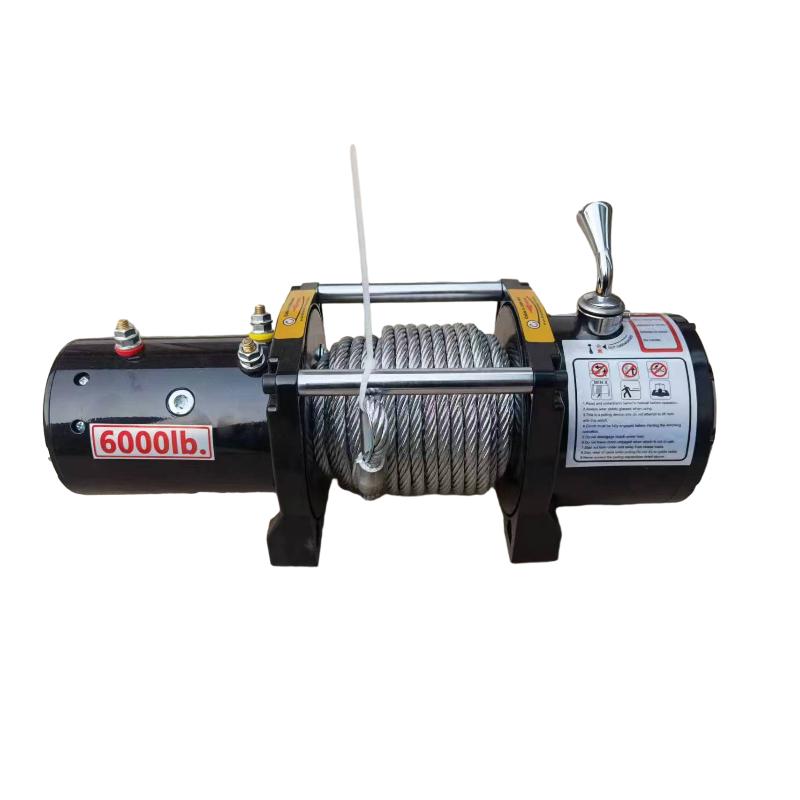


Understanding Anti-Fall Protection Essential Measures for Safety
In various industries, especially construction, maintenance, and manufacturing, the risk of falls from heights is a significant concern. According to the Occupational Safety and Health Administration (OSHA), falls are one of the leading causes of workplace injuries and fatalities. Therefore, implementing effective anti-fall protection measures is not only crucial for employee safety but also a legal requirement in many jurisdictions. This article delves into the importance of anti-fall protection, its key components, and best practices for ensuring workplace safety.
The Importance of Anti-Fall Protection
Falls from height can result in severe injuries, including fractures, head trauma, and even death. The implications of such accidents extend beyond individual health; they affect families, communities, and businesses, leading to lost productivity, increased insurance costs, and potential legal liabilities. Thus, investing in anti-fall protection measures is imperative for any organization aiming to foster a safe working environment.
Key Components of Anti-Fall Protection
1. Personal Protective Equipment (PPE) One of the primary components of fall protection is personal protective equipment, which includes harnesses, lanyards, and safety nets. Harnesses should be worn correctly and inspected regularly to ensure they are in good condition. Lanyards, which connect the harness to an anchor point, must be of appropriate length to prevent a dangerous free fall.
2. Guardrails and Barriers Physical barriers such as guardrails are essential in preventing falls from elevated surfaces. These should be installed on platforms, walkways, and stairways to provide a sturdy and reliable means of stopping a person from falling.
3. Ladders and Scaffolding Safe use of ladders and scaffolding is critical. Workers should be trained on the proper setup and use of these tools to minimize the risk of falls. Scaffolding should be built according to safety standards and regularly inspected.
4. Safety Training and Communication A robust training program is vital for establishing a culture of safety. Employees should receive comprehensive training on fall hazards, the use of protective equipment, and emergency procedures. Regular safety meetings can reinforce this knowledge and encourage open communication about safety concerns.

5. Fall Arrest Systems These systems are designed to safely stop a fall after it has occurred. A typical fall arrest system consists of an anchor point, connecting device, and body support (like a harness). Employers must ensure that these systems are installed and maintained correctly.
Best Practices for Implementation
To effectively implement anti-fall protection measures, companies should adhere to the following best practices
- Conduct Risk Assessments Regular assessments help identify fall hazards in the workplace, allowing for timely interventions and the establishment of safety protocols.
- Involve Employees Engaging workers in safety discussions not only improves compliance but also helps generate practical solutions to potential hazards.
- Regular Inspections Maintaining equipment and safeguards is crucial. Regular inspections can help identify wear and tear or improper use of fall protection systems.
- Stay Updated Safety regulations and best practices evolve over time. Organizations should keep abreast of new laws and technologies related to fall protection.
Conclusion
In conclusion, anti-fall protection is a vital aspect of workplace safety that should never be overlooked. By adopting comprehensive measures and fostering a culture of safety, businesses can significantly reduce the risk of falls and protect their most valuable asset their employees. Ensuring that proper procedures are in place not only benefits individuals but also enhances overall productivity and morale within the workplace. Ultimately, the commitment to safety must come from the top down, with leadership prioritizing protective measures and promoting a proactive approach to fall prevention.



